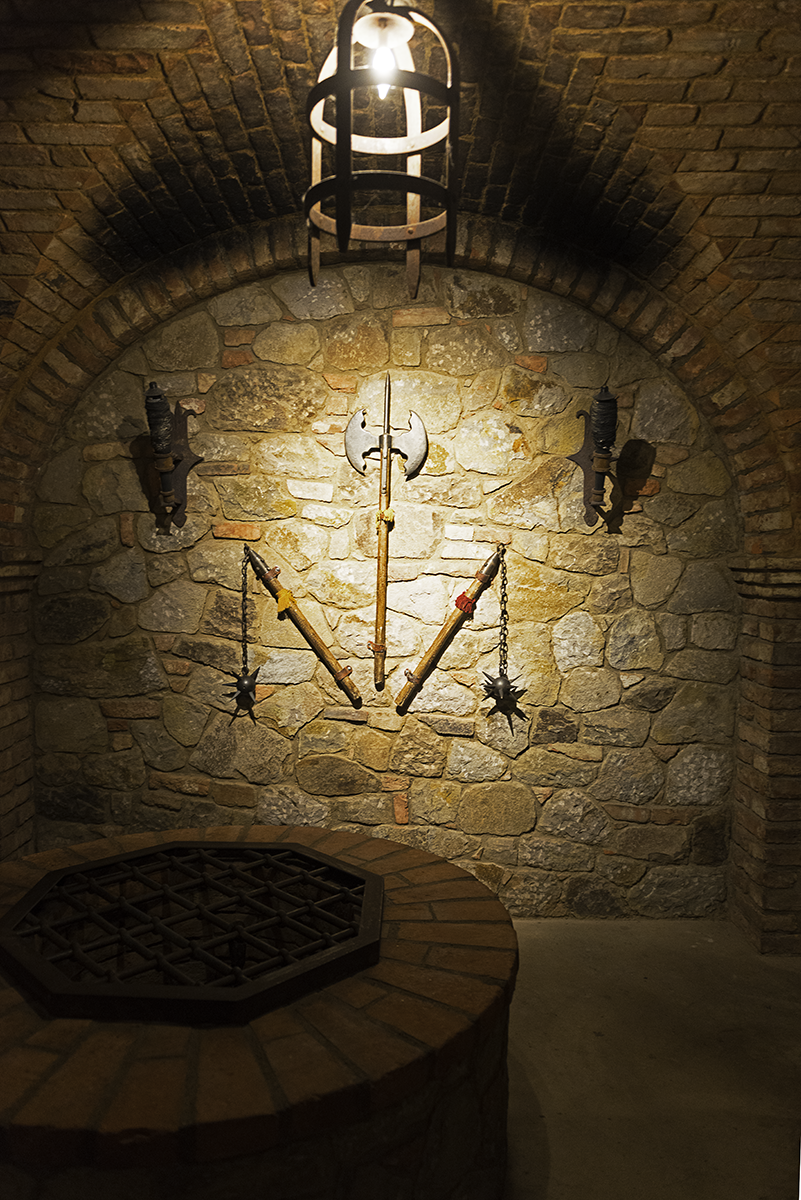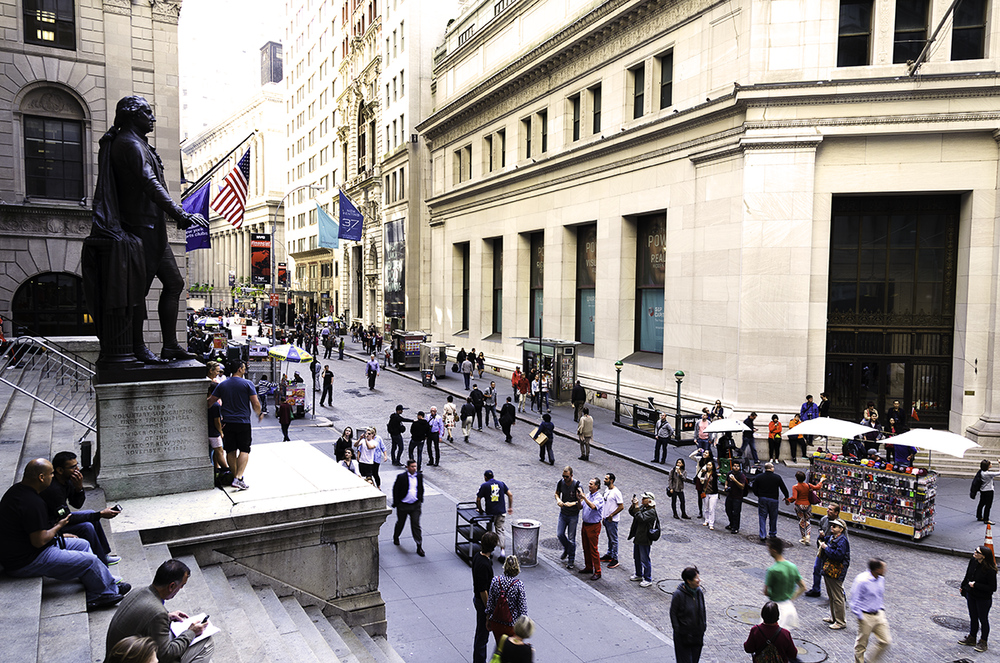
Today I'm going to take you on a fun ride what I call as a "Digital Ride". Whether you are a computer person or not, you will enjoy it. Today, I got a chance to visit one of the two places in the world that has a "Babbage Difference Engine", the second place being the "London Science Museum" that has the first Babbage difference engine made in 1991. What is a Babbage difference engine? Why do we even care about it? Why do we need to know how the heck computers came into existence? These are some of the questions that will become clear by the end of this article. Charles Babbage (1791-1871) is considered to be the "Father of the Computer". In Babbage's time, numerical tables were calculated by humans who were called 'computers', meaning "one who computes", much as a conductor is "one who conducts". He saw this to be error prone and being frustrated with the wrong numeric tables obtained from the log books, he wanted to create something that elimiates human errors. This led to the discovery of a "Difference Engine". He had theoritical designs of the engine, however he did not have enough funding in his life time to create one. He died in 1871 without seeing the difference engine. Recently the "Babbage difference engine" was built to prove his theories were right. Below is the picture of a babbage difference engine.

Why do we need to care about computers? Computers have become an integral part of our lives. One cannot imagine a life without a smart phone today. Pretty much every mundane task including cooking in a microwave to complicated things like landing on the moon requires heavy dependancy on computing. Don't you guys think it is cool to know about the story behind how computers were invented?
In 1890s the US census data collection system had a major task of collecting census. It took about 7.5 years to process the entire information collected which is infact more than an election period during that time. To solve this issue a great guy named Herman Hollerith came up with a system that used punched cards which was called as the Hollerith Tabulating Machine. This marked the beginning of a fantastic era. Hollerith's company later merged with two other companies to form what is called IBM now.
In 1960s IBM came up with a "main frame" that revolutionized computer architecture. If there was a temple for computers, this main frame can be found there. It was called "IBM 360" and was the god of computers. It was the first family of computers designed to cover the complete range of applications, from small to large, both commercial and scientific. However the IBM 360 was not too good for the lower end applications, nor at the higher end that involved intense calculations.

Several big names worked on this project, including Tomasulo, Gene Amdahl who later left IBM and founded Amdahl Corporation as IBM din't agree with Amdahl's law (which imposed an upper limit on parallel computing). Amdahl got acquired by Fujitsu in the late 90s. In the 1960s back in Wisconsin, several nerds headed by Seymour Cray made a main frame called CDC 6600 developed at CDC which worked better than IBM 360. It was the first "Super Computer". However IBM used dark methods to make sure CDC was kept out of business. Later in the 70s Cray quit CDC and founded Cray Computer Corporation which developed the Cray -I, Cray -II, Cray -III which were by far the fastest super computers of his time.
The growing trend of computers implied that there was a need for software to run on the machines. "Software" being the code that a programmer writes which later be translated into machine language (understandable by the machine) by either the assembler (converts assembly language to machine language) or compiler (converts high level language to machine language). In 1970s Xerox alto came up with a very cool Graphical User Interface (GUI) which looks exactly like Windows or Mac OS these days. Poor guys din't know how to market their idea and invited late Steve from the fruit company to discuss about buying stocks from the newly emerging fruit company. Smart chap Steve having looked at the GUI ran across to his campus and created two new projects that focussed on implementing a similar interface. One of those successful projects was "Macintosh".
Meanwhile another smart guy named Bill along with his buddy Allen wrote code and sold OS to IBM, which then failed to recognise the importance of an OS during that time. While Steve was busy concentrating on aesthetics and friendliness of the GUI, Bill and Allen worked on making the OS powerful and robust. Meanwhile another guy named Larry started his company selling database software for the main frames. The wars in the silicon valley continue even today. But it is important to know "KNOWLEDGE IS TO BE SHARED". We cannot consider to be progressing if creativity is being killed. Most big players in the market these days acquire the smaller companies and kill them. This is wrong. If we are to grow as a community, we need to support creativity. Recent fight between the FRUIT company and the DISPLAY company is a shame to the computing world (considering what late Steve did to Xerox). Even the phone designs that the FRUIT company uses are not their own. "KNOWLEDGE IS POWER", There is no meaning to KNOWLEDGE if we kill somebody to make sure the KNOWLEDGE we have is the best.
Till next click,
Sagar































